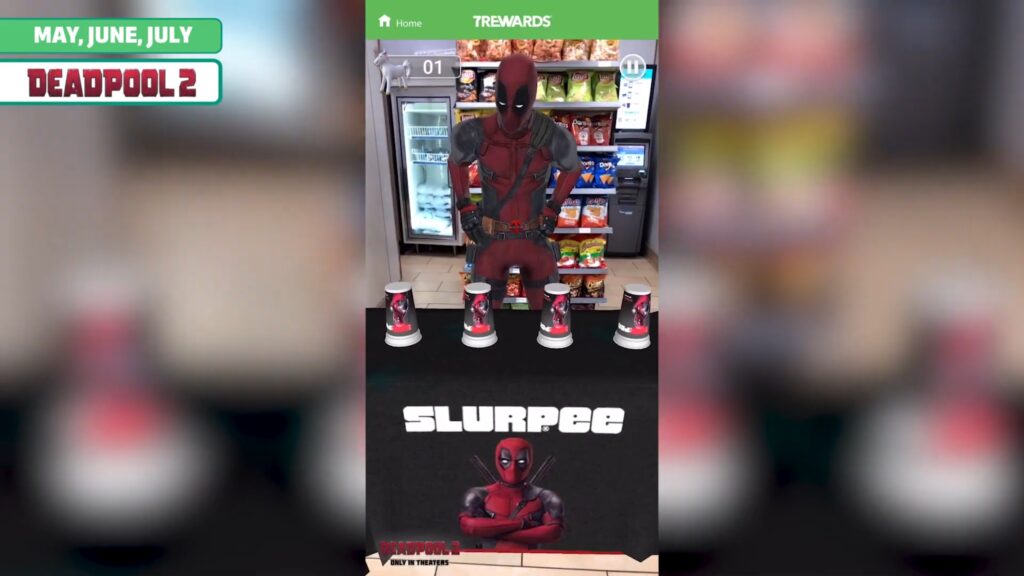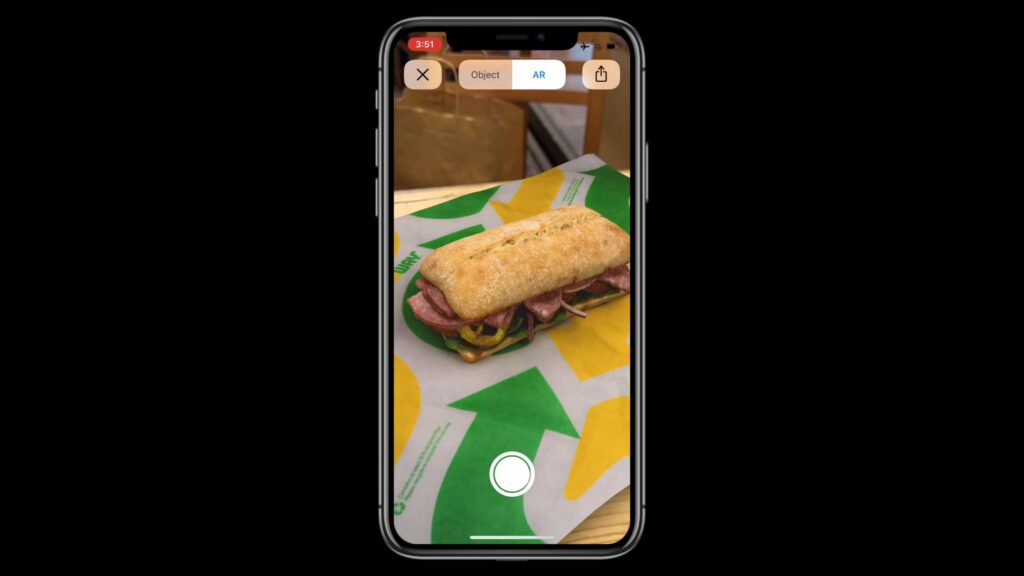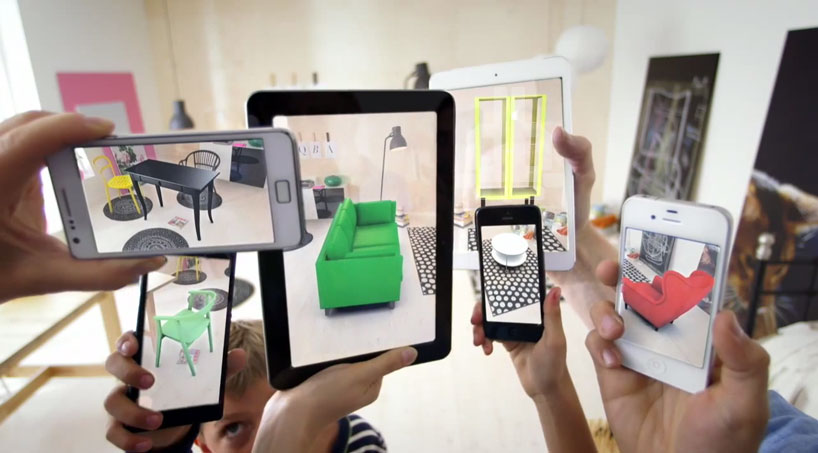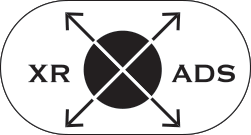Augmented reality is an incredible tool that uses a mobile or wearable cameras and appears to add virtual objects to the real world. It’s been shown to dramatically increase brand favorability and purchase intention both in-store and in the home through branded content, but it can also be used for many other purposes.
Before you jump in, it’s important to know which industries benefit the most from augmented reality!
How best to use AR in your specific industry.
Industries:
- Consumables
- Retail
- chain restaurants
- Home Improvement
- Resort hospitality: in person (QR code guided tours)
- Entertainment
- Healthcare
- Most industries can utilize this technology
Ad Strategy:
- Low to Mid-range spend
- Online: profit increases with number of sales
in-person: profit increases with the number of locations and sales, hardware costs also increase with locations. - Regional to national brands
- face filters and 3d static objects for small brands
- 3D animated objects and immersive narratives for large brand-loyalty
- try-on demos (how does it fit on me/my body?)
- size-up demos (how does it fit in my space?)
- (loyalty) QR codes for consumables and Web VR
Consumables:
QR codes can enable webVR applications to increase brand favorability. This example created by the studio groovejones allows Victoria beer to come to life with layers of 2d animation.
Retail:
Retailers can use AR to provide custom content as an alternative to traditional in-store marketing tactics such as signage or product placement. The products on offer can be anchored to the local market or customized depending on the retailer’s needs.
Augmented Reality is not limited to home our outdoor experiences. Retail offers unique use cases such as FXMirror. Where users can try on outfits with live fabric physics and animation. With mass production of certain garments, there’s a profit to be made in accelerating the shopping experience, which can reduce staffing and changing room requirements. Most implementations of AR outside of advertising you will see reduce money in training and so on. This would be considered traditional AR, which benefitted from a lower friction model of users not required to have a phone and allowed for higher hardware requirement applications.
A more modern approach to AR was made by 7-Eleven’s Zappar. Their campaign scored awards and the most popular campaign ever, with millions of unique visits and regular updates and changes to the experience.


Restaurants: face filters and virtual dishes
Restaurants can serve up brand loyalty content like the Taco Bell example using face filters with a relatively low spend using simple AR tools like Meta’s SparkAR, SnapAR lens Studio, and TikTok Effect House. Restaurants can place virtual food in front of hungry potential customers, so they can size up their portion and perhaps order more food if necessary.
Subway and Q-real have teamed up to create realistic subway sandwiches, and more is likely on the way from the XR startup. Face filters on apps like Snapchat, Instagram and Facebook can be created through Spark AR, animations can track facial movements and branded experiences can be triggered by the user. It is an application that is likely most scalable and useful for national/international brands.
With deeper customer data, it’s also useful for microtargeting ads of certain customer favorite foods to increase purchase intention.

Home Improvement: (IKEA, Home Depot)
IKEA and The Home Depot have their own AR apps that allow users to plan home improvement projects, and if your brand involves physical goods or furniture, you should too! Augmented reality can help consumers visualize a project before they invest in it, and it’s easy for customers to follow the progress of major projects that span across the home. If you are a smaller brand, you can afford to use your in-house 3D model or scan the object using a mobile 3D scanning app. Once you have a scan of the object, post it to Amazon’s AR tool and test yourself to make sure dimensions are right. AR is a great way to help show shoppers exactly what a new addition will look like or how fixtures will fit into their current décor. As with other forms of media, augmented reality will be used to confirm brands’ claims, help consumers feel confident about their purchase and encourage the consumer to purchase while increasing brand loyalty.

News outlets:
New techniques can make stories pop off of the 2 dimensional page. This example was created by a class I taught at San Jose State University with Tina Korani utilizing Adobe Aero. This is a good tool for smaller brands that cant afford a webVR studio like groovejones, but still want to publish a story the user can walk through triggered by a QR code on print/2d media, and links through social, blogs, and the internet. (Since publishing, a web AR solution would reduce barriers to the experience for all users. A tool such as Zapworks should fill this function, but Aero is still useful for prototyping)
Healthcare & Medicine:
This will mostly apply to B2B advertisers, advertising to doctors, and medical professionals different treatments and hopefully advertises both effectiveness in treatment, ease of use, and low cost. Other favorable factors can be identified, we’re sure. This use case allows medical professionals to preview how a certain brand of medicine is used on a human, or how a piece of equipment is more convenient, much like the home improvement sector, devices could be placed within the room to preview their scale. Due to the high spend of these entities, it was prudent to include them in this list, as AR is likely the most effective tool to reach this sector.
AR is Effective
AR is an effective mid-cost option and low-cost to scale. In-house solutions are profitable in statewide or national campaigns. For small scale and local projects, cheaper adobe aero projects and face-filters through Spark AR studio will be an effective and profitable storytelling component for smaller brands with users to increase brand enthusiasm.
There are many more applications that have already been published, from web apps that respond to beer bottle logos with AR animations to face filters through Snapchat. There’s a whole world of deep, tangible AR coming, with tech giants providing the framework for rich experiences.
Perhaps you’ll create one! Be sure to check out more of our blogs to find where your brand fits!


Edith Lien
Hi there! I just want to offer you a big thumbs up for your excellent information you
have got right here on this post. I’ll be returning to your web site for more soon.